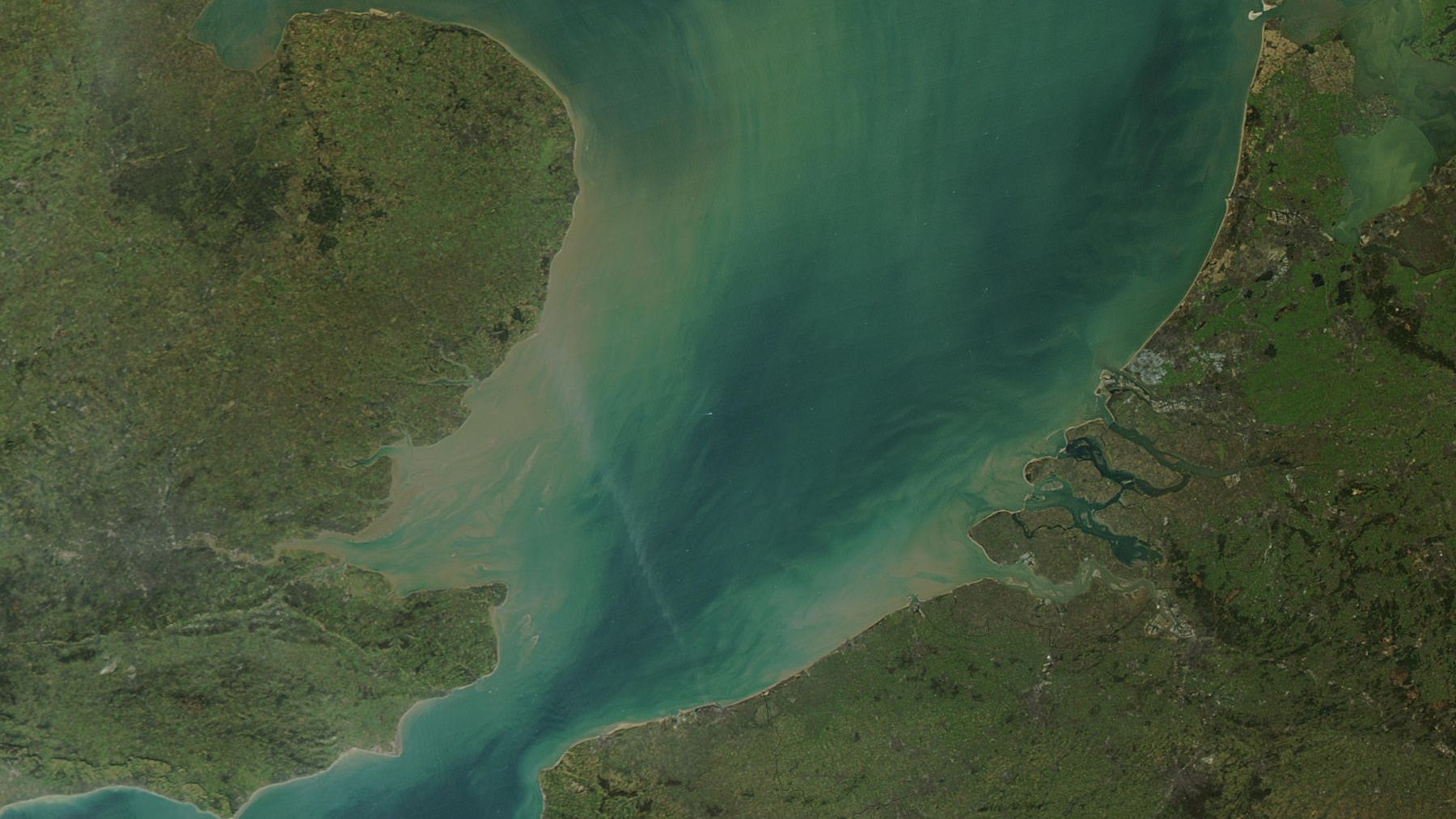The ocean is a marvel that has been admired by mankind since the beginning of time. For some, ocean sounds and views have a calming effect. For others, it symbolizes inner peace or evokes inspiration. From a researcher’s point of view, the deep ocean has 20,000 GWh of new energy that could power the Earth for millennia. Could our future truly be under the sea?
From a global mission to a national mission
The world is rushing to meet the global mission of reaching zero carbon by 2050. This global mission is the joint attempt of various countries committed to reducing their overall carbon footprints by limiting or lowering greenhouse gas emissions to mitigate climate change. Renewable energy sources remain central to this global mission, with many having integrated renewable power into their grids already.
One country in particular has made some headlines by generating lots of new energy at the deep-sea. When it comes to social responsibility, renewable power, and environmental protection, Germany does not hold back. The country has been actively working towards achieving its goals of decarbonizing the power grid by 2035, and the results have been astonishing.
This sea is generating a lot of new energy
Germany’s primary strategy for achieving its national goal is by investing in offshore wind projects. According to the Bundesverband Windenergie Offshore, the country has 31 offshore wind projects in operation since the end of 2024. Stiftung Offshore-Windenergie confirmed that offshore wind projects are responsible for a large portion of the country’s total renewable power capacity. Germany boasts an installed total of 1,602 turbines and an installed total capacity of 8,858 MW.
“The North Sea, with its enormous potential for wind energy, is a stable pillar in Germany’s energy mix and continues to gain in importance. The aim must be to maximize the actual energy yield, not the installed capacity, in order to keep costs as low as possible.” – Tim Meyerjürgens, CEO of TenneT Germany
TenneT, the company responsible for Germany’s power grid operations, announced that the German North Sea’s offshore wind farms produced 8% more power in 2024 compared to 2023. According to the company, the German North Sea’s 20 TWh, which is equal to 20,000 GWh, could theoretically power 6.5 million households annually. However, with great power comes great responsibility, and many environmentalists have questioned the effects of offshore wind turbines on the environment.
With great power comes great responsibility
Offshore wind power is central to Germany’s national mission to achieve nearly 100% renewable power supply. The North and Baltic Seas achieved 9.2 GW capacity at the end of 2024, and the country’s total offshore wind capacity achieved 25,700 GWh. The country plans on pushing its goals higher by achieving the following:
- 30 GW by 2030
- 40 GW by 2035
- 70 GW by 2045
“The North Sea, with its enormous wind energy potential, is a stable pillar of Germany’s energy mix and continues to grow in importance. To efficiently utilise its full potential, better spatial use of the North Sea is necessary. The goal should not just be installed capacity but actual energy yield, while simultaneously keeping costs as low as possible.” – Meyerjürgens
This statement met widespread criticism, particularly from the environmental NGO, Nature and Biodiversity Conservation Union (NABU). NABU’s head of marine protection, Kim Detloff, stated that existing rules and guidelines related to land use and environmental protection would be ended. She believed that these projects were no longer in the interest of “nature-friendly climate protection,” but instead focused on increasing revenue.
There is a fine line between protecting the environment with renewables and capitalizing on the concept of eco-friendly power sources, and one must tread carefully. Of course, all projects are bound to have an impact one way or another, but more research must be done to see how offshore wind projects will truly impact the surrounding ecosystem.
